One More Step to Go!
We have also sent a verification link to your email ID:
qabuyer@droom.in
Please verify your email account
What we have here are the all-new GSX-R1000 and GSX-R1000R for 2017, that Suzuki hopes will help it reclaim its 'King of the Sports bikes' title. So, just how good are they?
On the outside
Cosmetically, apart from the pain schemes, the bikes are largely the same. The silhouette of the litre-class GSX-Rs are noticeably different - the sharp points and curves of the older model are now gone. The new bike has much smoother lines now - the front headlight has lost its distinctively GSX-R bat-like shape and it’s now a smaller oval-type design. The large air vents that flank the headlight, and the paint theme are a throwback to the older GSX-R. There’s a smaller, yet effective windshield as well.

The all-new, fully digital LCD speedometer console features warning lights lined up on both sides and the shift light sits at the top. The tachometer is large and easy to read, the speed readouts sit at the centre while the gearshift indicator is on the right. Smaller readings for electronic settings, trip meters, temperature and fuel consumption are scattered all over the screen and there’s a fuel gauge as well.
From the saddle
This bike is also narrower than the previous-generation bike, and its smaller fuel tank makes it much easier for the rider to tuck in when on a race circuit. The bike’s tail section is also a lot narrower than before – there’s a tiny pillion seat and a single brake light that replaces the signature four-light setup of the older bike. The bike comes fitted with a large, slightly boxy, single, side-slung exhaust.
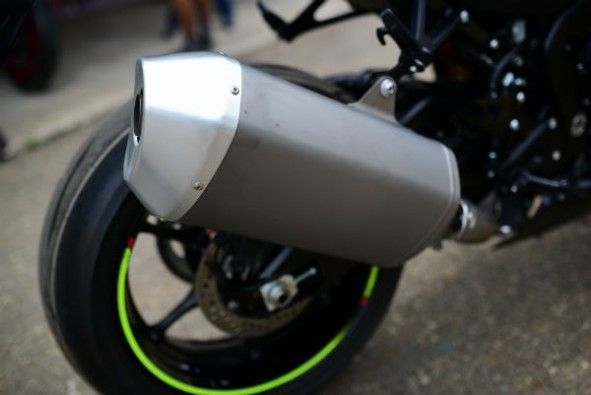
As before, the Suzuki retains its stellar rider geometry, in fact, it’s got a more compact, friendly feel to it now. The New GSX-R1000 doesn't feel overly aggressive either. As far as electronics is concerned, there’s a three-axis IMU-based electronics package on the GSX-R1000, and a five-axis one on the GSX-R1000R. This is also including a 10-level traction control system (Motion track TCS), Suzuki’s Low-RPM Assist system, Easy Start System, and ABS. The base model doesn’t come fitted with a quick-shifter, launch control, and cornering ABS – that’s available on the sportier R version. What’s also missing is wheelie control or engine brake control. Both bikes come with three different riding modes, there’s also a slipper clutch and rear-wheel lift mitigation technology.
The GSX-R1000R rides like a beast – there is nothing jerky or twitchy about this motorcycle; it reacts intuitively and precisely at any speed. Turning in or switching direction is not as sharp as some of its rivals, but mid-corner stability is commendable. Stopping power comes from twin Brembo T-drive 320mm rotors and radially mounted, monoblock four-piston calipers at the front, and a Nissin one-piston disc at the rear.
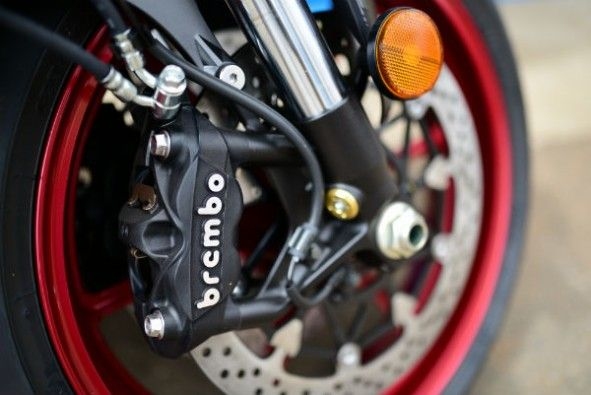
Engine and gearbox
The new 999.8cc, inline four–cylinder motor is simply phenomenal. Power delivery is buttery smooth, and hit 10,000rpm and you can feel the VVT system working. The engine has a punchy top end, and a very meaty mid-range. Shifting through the gears is also a seamless process.
Is it worth the money?
These GSX-Rs may not be as sharp or intuitive as some of their competition, but they offer a tonne of potential. At Rs 19 lakh for the GSX-R1000 and Rs 22 lakh (prices are ex-showroom, Delhi) for the GSX-R1000R, they are a tad expensive, but if you liked the older version, this one is a whole lot better.
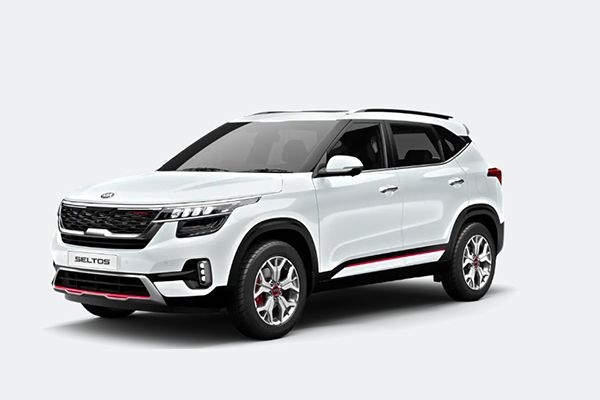
Kia recently unveiled the 2023 Seltos facelift in India, and the bookings for the updated model will start on July 14.
Read More
We drove the Hyundai i20 N Line recently to find out whether it really delivers a sporty experience?
Read More
We recently took the Tigor EV out for a spin and we gathered interesting information about it
Read More
Introduced last year at the Delhi Auto Expo, Volkswagen Tiguan All-Space aims to offer more room and an additional row of seats. Can it manage to take away a few chunks from the full-grown SUV pie is what we are here to find?
Read More
New Tata Safari or Used Tata Hexa: Price, Variants, Features & Engine Specifications
Read More
Toyota Kirloskar Motors last year entered the subcompact SUV space with the Urban Cruiser. What is this new model all about, let us find out?
Read More
Jeep had launched the Compass way back in 2017. Since then it has been the best-selling model for the company in India. A couple of days back, Jeep India unveiled the facelifted version of Compass in the country. The SUV made its global debut in November last year.
Read More
Toyota Fortuner facelift price begins from Rs 29.98 Lakhs while the Legender variant is priced at Rs 37.58 Lakhs
Read More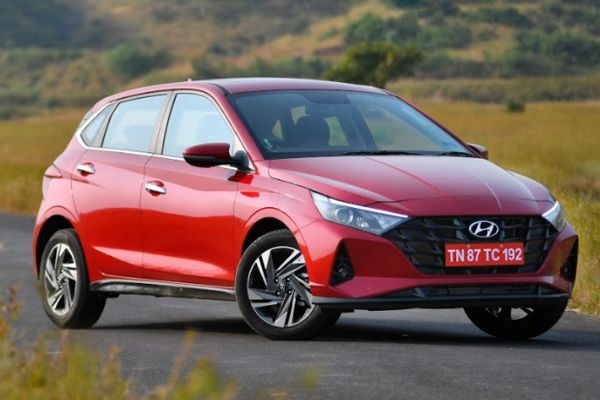
A pioneer of the premium hatchback segment, the Hyundai i20 has been given a complete makeover. Can the all-new version of the people's car prove its mettle once again, let us find out?
Read More
Check the story to find the factors that could ultimately help you to make a choice between an SUV or a sedan
Read More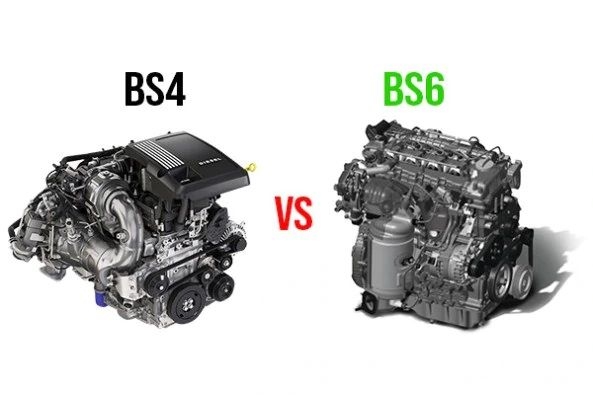
New BS6 Emission Norms apply to all major on-road vehicles categories in the country. The impact on petrol and diesel vehicles analyzed.
Read More
We compare domestic vs foreign car brands in India
Read More